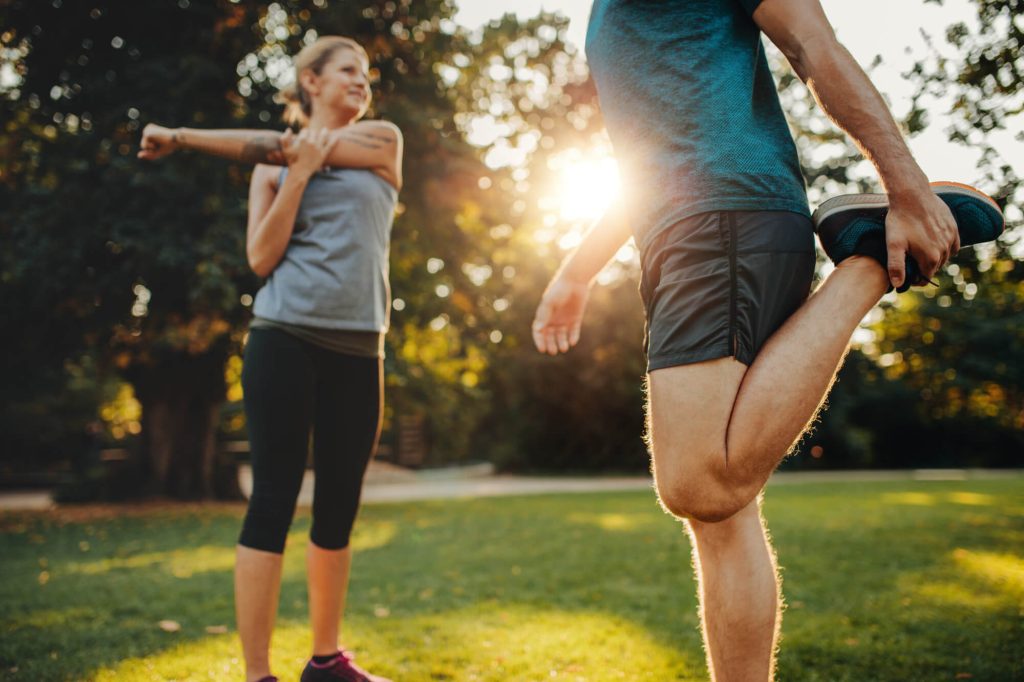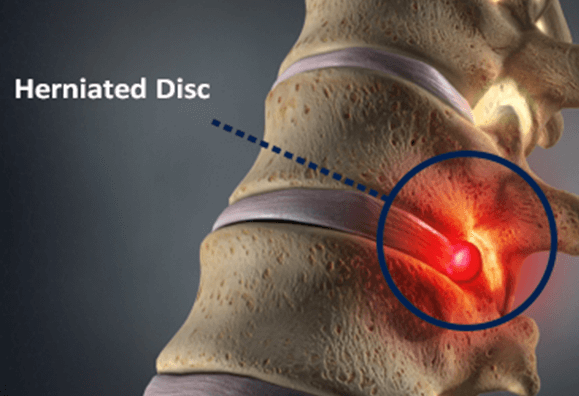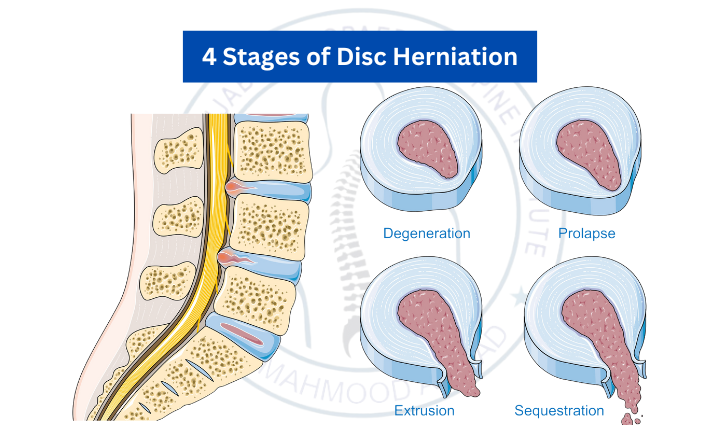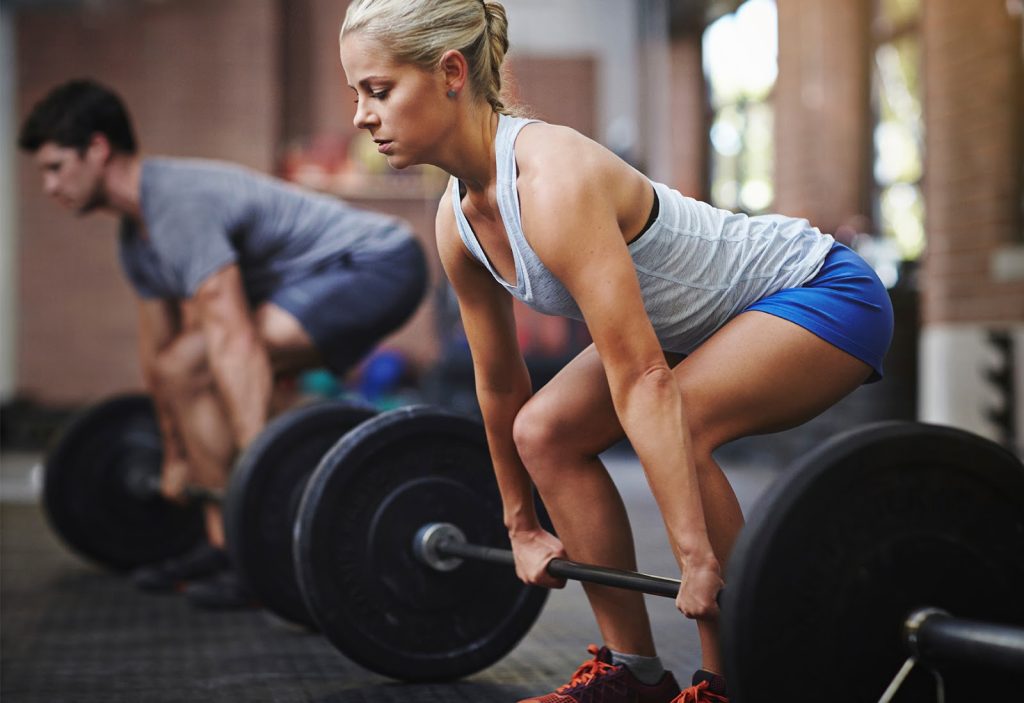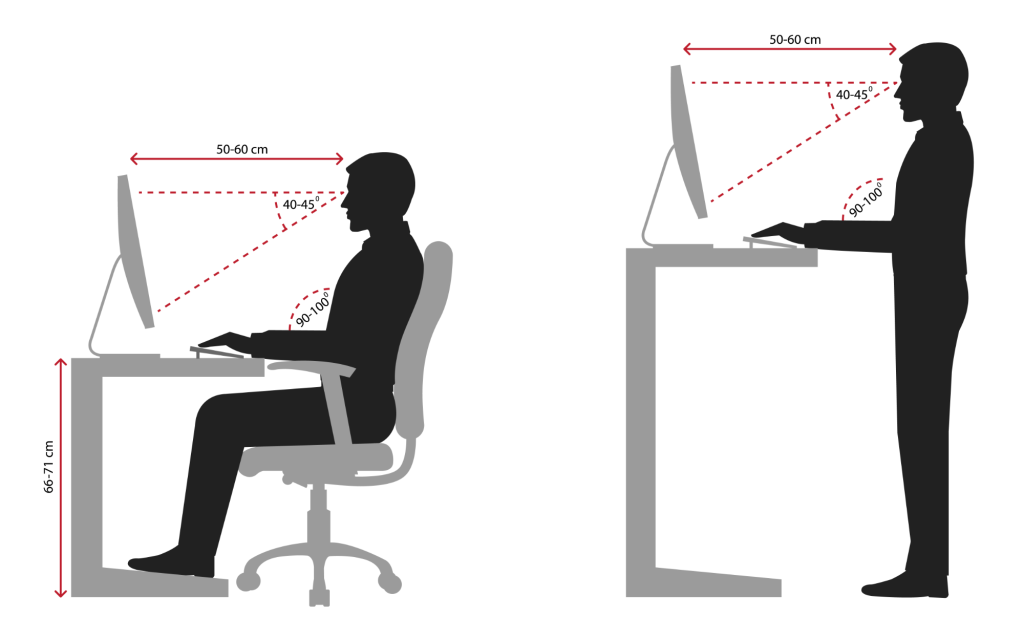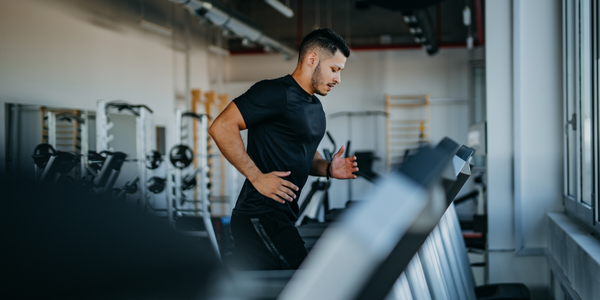How Proper Breathing Supports Good Posture (and Why It Matters)

Image from: https://wellnessforgreatness.org/blog/posture/
Breathing isn’t just something your lungs do in the background — it’s deeply intertwined with how your skeleton, muscles, and nervous system function. When done properly, breathing helps stabilise your torso, maintain spinal alignment, and reduce excessive strain on neck, shoulder, and back muscles.
The Posture-Breathing Relationship
- Your diaphragm is the primary breathing muscle. When you inhale, it contracts and moves downward, expanding your chest cavity and drawing air into the lungs. For this to happen efficiently, it needs “room” — i.e. the rib cage, spine, and pelvis in relatively neutral alignment. Poor posture (slouching, forward head, rounded shoulders) restricts that space and can impair diaphragm mechanics. [The Breathing Mot, Monmouth Health and Wellness]
- Additionally, posture influences accessory breathing muscles (in the neck, shoulder, chest). If your posture is suboptimal, these muscles may overcompensate (elevating ribs, tension in upper trapezius, sternocleidomastoids), leading to chronic strain. [Alliance Orthopedics, The Breathing Mot]
- Good posture allows better lung expansion and can preserve or improve lung volumes. In contrast, slumped or compressed postures are associated with reduced respiratory capacity. [iCliniq, Alliance Orthopedics, Buteyko Breathing Center]
- Because breathing is rhythmic and constant, small inefficiencies add up. Over time, inefficient breathing patterns can reinforce poor posture (a vicious cycle). [Buteyko Breathing Cente, Elemental Health]
In short: proper breathing helps your torso remain stable, supports spinal alignment, reduces compensatory tension, and gives your respiratory diaphragm the freedom to work well.
How to Breathe Properly: Techniques & Tips
If you tend to breathe shallowly (chest up, ribs flared, shoulders rising) you’ll want to retrain toward a more efficient and stable pattern. Here are core principles and a few foundational exercises:
Key Principles of "Good" Breathing
1. Diaphragmatic (or "belly") Breathing
Allow your lower rib cage and upper belly to move outward (expand) during the inhalation, instead of primarily lifting the chest or shoulders. The belly may rise gently rather than puffing out dramatically. On exhale, allow the abdomen to soften and gently contract. [Human Kinetics Journals, The Orthopaedic Therapy Clinic, Mayo Clinic Connect]
2. Minimise Upper Chest / Neck Recruitment
Try to keep your shoulders relaxed. If you feel your sternocleidomastoid or scalene muscles working hard with each breath, that suggests overuse of accessory muscles. [Mayo Clinic Connect, The Orthopaedic Therapy Clinic]
3. Controlled Exhalation
Slow, controlled exhalation helps maintain core stability and encourages full expulsion of stale air. Some people use a slight pursed-lip exhale for control (though this is more commonly used in pulmonary rehab contexts). [Wikipedia]
4. Maintain Posture Alignment During Breathing
Sit or stand with neutral spine alignment (ear over shoulder, shoulders over hips). Don’t force your posture straight rigidly; rather, aim for a balanced posture. [iCliniq, Buteyko Breathing Center]
Sample Breathing Exercises
Here are a few you (or your therapist) can guide you through:
1. Supine Diaphragmatic Breathing
- Lie on your back with knees bent, feet flat (or support under knees).
- Place one hand on your chest and one on your abdomen (just below ribs).
- Inhale slowly through your nose, feeling the hand on your abdomen rise more than the one on your chest.
- Exhale gently through pursed lips or softly through the nose, letting abdomen softly fall.
- Try 5–10 minutes, several times per day.
2. Seated or Standing Breathing With Posture Cue
- Sit or stand in neutral alignment. Place hands lightly at your lower ribs or sides of ribcage.
- As you inhale, imagine expanding laterally (to the sides) and downward ("to your back ribs and belly").
- As you exhale, feel gentle return to the starting position.
- Work up from slow, deliberate breaths (e.g. 4–5 seconds inhale, 5–6 seconds exhale) to more natural pacing over time.
3. Core + Breathing Integration
- On inhalation, allow belly/ribs to expand.
- On exhalation, gently recruit your deep core (transversus abdominis, pelvic floor) to assist — think of gently “zipping in” the lower abdominal wall.
- This coordination helps your breathing act as part of your core stability system, rather than interfering with it. [Frontiers, ScienceDirect, Human Kinetics Journals]
4. Progressive Challenge Breathing (If Indicated by Your Therapist)
- Add light resistance (e.g. breathing through a soft straw or Resistance Breathing Device) under supervision.
- Add posture challenge (e.g. doing breathing while in slightly leaned-forward posture, or while performing small movements) to train for “breathing while active.”
Note: Always learn new breathing techniques under guidance initially, especially if you have any respiratory conditions or musculoskeletal pain.
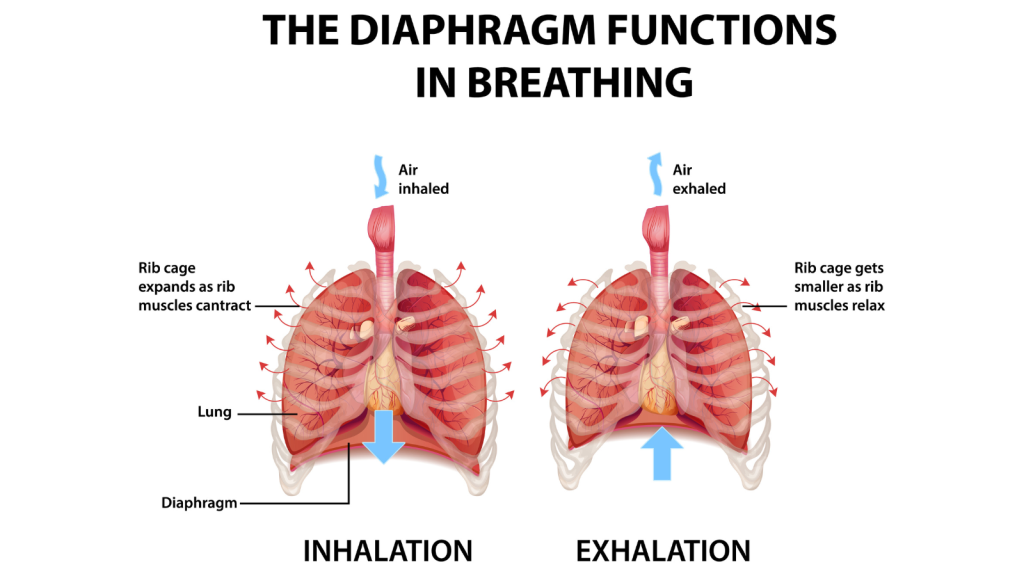
Image from: https://yogauonline.com/yoga-health-benefits/posture-improvement/healthy-breathing-and-posture-connecting-the-dots/
How the Lungs (and Breathing) Influence Posture & Pain
You might think, “my lungs and breathing are separate from my spine pain”, but they're more connected than you might assume. Here’s how:
1. Core Stability and Intra-Abdominal Pressure
The diaphragm, pelvic floor, and abdominal muscles work as a coordinated “canister” to support your spine. Proper diaphragmatic breathing helps regulate intra-abdominal pressure (IAP). When the diaphragm descends and the abdominal wall responds appropriately, that pressure supports spinal segments. If breathing is inefficient, the spine may lose part of that stabilising support, increasing load on passive structures (discs, ligaments, facet joints). [Frontiers, Human Kinetics Journals, ScienceDirect]
2. Muscle Tension and Guarding
When breathing is shallow or using accessory muscles, the neck, upper back, and shoulder muscles may become overworked. That constant tension can shift posture (forward head, rounded shoulders), which in turn feeds into pain cycles. [Health & Rehab Journal, Alliance Orthopedics, Elemental Health]
3. Pain and Breathing Reflexes
During pain, people often unconsciously hold their breath or breathe more shallowly (a protective response). Over time, this habit reinforces dysfunction and stiffness in the spine, rib cage, and associated musculature. [Mayo Clinic Connect, Health & Rehab Journal]
4. Research Evidence on Breathing and Back Pain
- A systematic review & meta-analysis found that combining breathing (respiratory) exercises with usual care reduced chronic low back pain and improved function, lung function, and disability scores. [SAGE Journals]
- The Journal of Sport Rehabilitation review suggests respiratory exercises (abdominal breathing, resistance breathing, relaxation breathing) can reduce functional disability in low back pain sufferers. [Human Kinetics Journals]
- A trial adding diaphragmatic breathing to core stabilization showed better outcomes (pain, function) than core stabilization alone in low back pain patients. [ScienceDirect]
- Another recent study combining core training with breathing exercises reported greater pain reduction, improved strength, and function compared to core training alone. [Frontiers]
- In the shoulder/upper-cross syndrome domain, a randomized trial found that breathing exercises added to standard physical therapy improved pain and function more than PT alone. [Health & Rehab Journal]
So there is promising evidence (though more is still needed) that breathing training is a helpful adjunct in managing spinal, back, and shoulder pain.
Can My Chiropractor or Physiotherapist Teach Me These Breathing Exercises?
Absolutely — and that’s ideal. Here’s why:
- Both chiropractors and physiotherapists are trained in anatomy, biomechanics, and neuromuscular function. They can assess your posture, breathing pattern, spinal mobility, and muscle imbalances to tailor breathing instruction to your specific needs.
- A clinician can provide biofeedback (hand placement, palpation, cues) so you learn to recruit your diaphragm (not accessory muscles).
- They can progress your breathing exercises into movement, strengthening, and functional integration (i.e. breathing while doing functional tasks, postural transitions, or rehab exercises).
- They can ensure safety, especially if you have coexisting conditions (respiratory, cardiovascular, musculoskeletal) and monitor how your pain responds.
- They may combine breathing work with manual therapy, soft tissue techniques, or joint mobilisations to reduce restrictions that hinder optimal breathing-posture mechanics.
In practice, many clinicians incorporate breathing retraining into their rehabilitation protocols for spine, core, and shoulder issues. If your clinician is unfamiliar with breathing retraining, you can suggest the emerging literature (above) or ask whether they use methods such as postural restoration or breath-core integration.
Tips for Incorporating Breathing Work Into Your Daily Life
- Start with short frequent sessions (2–5 minutes) rather than long, infrequent ones.
- Use postural reminders (alarms, phone alerts) to pause and breathe intentionally in good posture.
- Pair breathing with movement or tasks (e.g. breathe while walking, during breaks, while seated) to generalise the pattern.
- Track progress (pain, comfort, ease of breathing) to show your clinician.
- Be patient — retraining breathing patterns and posture is a long-term habit change.
Conclusion:
Proper breathing is far more than taking in oxygen — it's foundational to how your core stabilises, how your spine is supported, and how your neck and shoulders move. When breathing becomes inefficient, it can contribute to muscular tension, compensatory posture, and pain. But the good news is: by learning diaphragmatic, integrated breathing patterns (especially under guidance from chiropractors or physiotherapists), you can help reduce mechanical strain, improve posture, and support your recovery from back and shoulder pain.

References
- Zhai, H., Zhang, L., Xia, J., Li, C. (2024). The Efficiency of Respiratory Exercises in Rehabilitation of Low Back Pain: A Systematic Review and Meta-Analysis. Journal of Sport Rehabilitation. [Human Kinetics Journals]
- (2023) Effects of breathing exercises on low back pain in clinical studies: systematic evaluation. Elsevier / ScienceDirect. [ScienceDirect]
- (2025) The impact of core training combined with breathing exercises on chronic non-specific low back pain. Frontiers in Public Health. [Frontiers]
- (2023) Effect of adding diaphragmatic breathing exercises to core stabilization in chronic low back pain. ScienceDirect. [ScienceDirect]
- (2023) Effects of breathing exercises on chronic low back pain: a systematic review. SAGE Journals. [SAGE Journals]
- Mayo Clinic Connect. Diaphragmatic breathing: Why it is the secret weapon against chronic pain. [Mayo Clinic Connect]
- Alliance Orthopedics. Bad Posture & Breathing Issues. [Alliance Orthopedics]
- Healthline. Breathe Deeper to Improve Health and Posture. [Healthline]
- ICliniq. Does Posture Affect Breathing? [iCliniq]
- Orthophysio. Breathing Exercises to Blow Away Low Back Pain. [The Orthopaedic Therapy Clinic]
- JHRLMC. Immediate and Prolonged Effects of Breathing Exercises on Pain, Quality. [Health & Rehab Journal]



